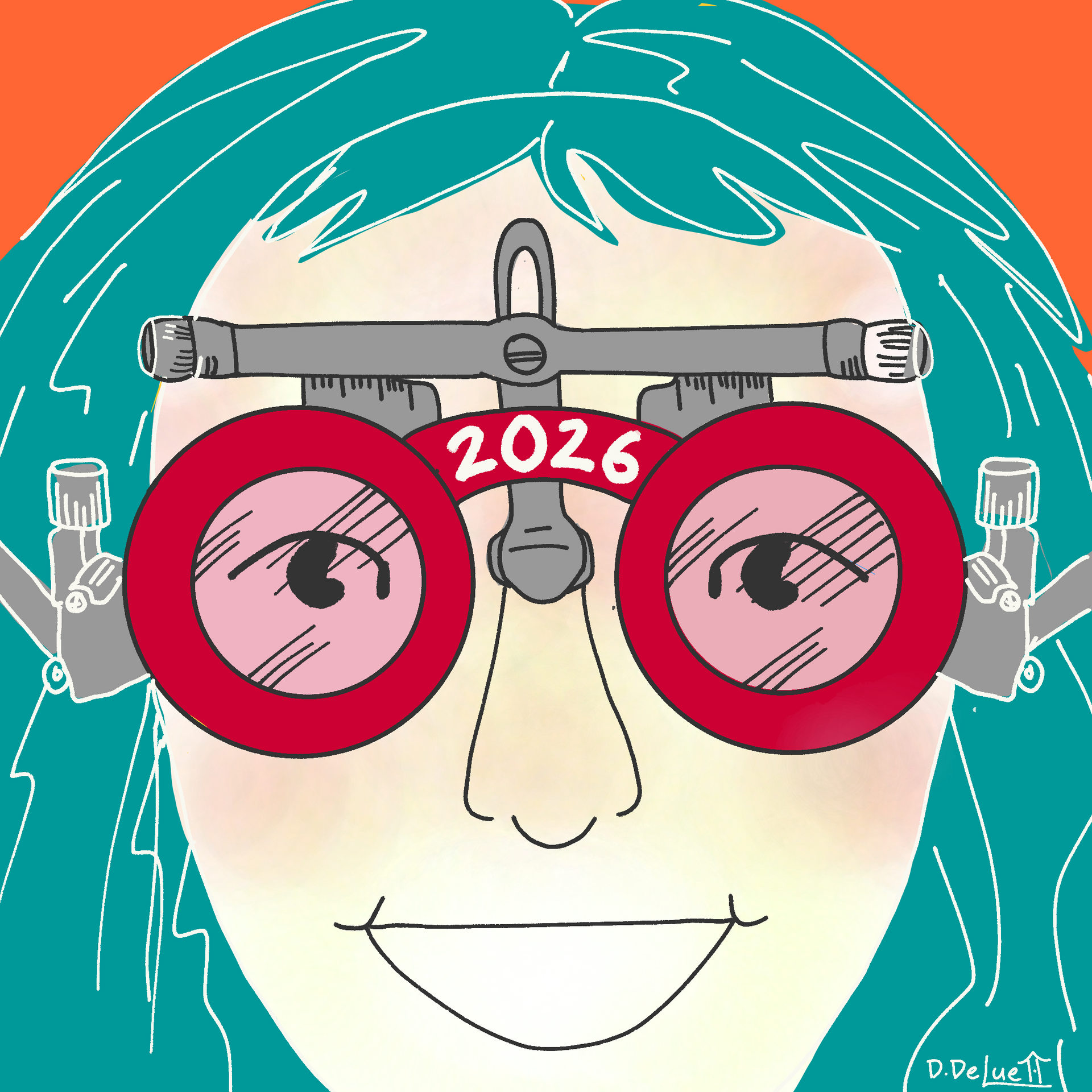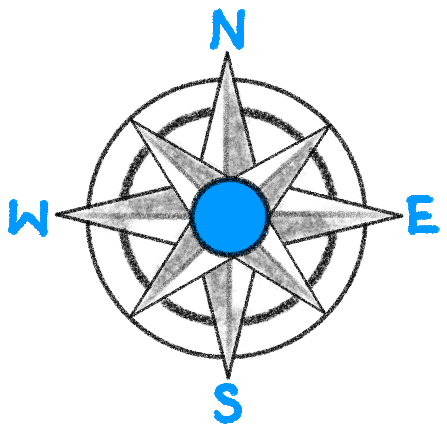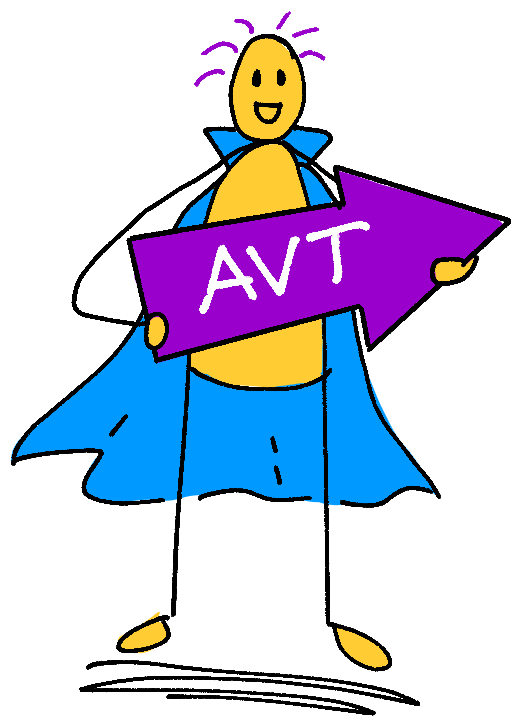Shouldering the Joy
The Art of Applied Visual Thinking
Winter in New England typically promises a few shoveling workouts, icy sidewalk balance poses and snow melt bicep builders. This winter, some combination of these and other seemingly harmless activities led to an injury that has forced me to slow down to a snail's pace.
The good and bad news is, I've been here before. When I was 30, I "threw my back out" picking up a bag of groceries. I was working too many hours, sitting too long, holding in the stress of keeping my graduate school aspirations from people at work, and wrecking myself with high impact workouts. During my current state of mandatory physical rest, I am reminded of some of the lessons my back taught me previously. This time, however, these are coming to me as visual metaphors.
Visual metaphors are pictures representing the phrases we say but don't literally mean.

I recently stumbled upon a visual and lyrical metaphor for one person "shouldering the burden" for the family. In Lin-Manuel Miranda's song "Surface Tension" from the 2021 Pixar film Encanto, Luisa, the oldest sister gifted with superhuman strength, is expected to handle any task that requires lifting, moving, carrying or supporting weight. I imagine most older siblings, parents, and caregivers of all descriptions can relate. Both the lyrics and the brilliant animated visuals certainly resonated for me.
"Give it to your sister, your sister’s stronger
See if she can hang on a little longer
Who am I if I can’t carry it all?"
Here's my visual version of the "shouldering the burden" feeling I get from the song.

I have always believed that "If you can see it, you can make it happen." That's why I am in the visual thinking world of work. However, as I've been working on the Applied Visual Thinking for VISIONING course, I wondered, instead of "shouldering the burden," what if we could replace "burden" with "joy"? Perhaps the power of visual metaphor is that "If you can see it, you can alter it."
Here is my redrawn version, visually altering how I feel about my "burdens," making them lighter and more fun. I call it, "SHOULDERING THE JOY."

Now you try.
Here are some common metaphors, similes and idiomatic expressions. Pick up your pen and draw a few!
- river of tears
- ballerina swan
- piggy eater
- float an idea
- chew on it for a while
- happy as a clam
- push the pause button
- raining cats and dogs
- kick the can down the road
- spill the beans
Try some from other languages!
- German: “das ist mir Wurst” means "it's sausage to me" or “why should I care?”
- Spanish: "Más vale maña que fuerza" means "better skill than strength" or "brains over brawn"
- French: "Mettre les points sur les i" means "to put the dots on the i's" or "to make things clear"
- Italian: "un pezzo di pane" means "a piece of bread" or "a good egg"
- Hausa:
"Babu ruwana"
means "It's not my water" or "it's none of my business"
Great job. Now flip the script on one of them and change something to give it a whole new meaning.
Tip 1: Developing this skill can lead to inventing a good comic strip!
Tip 2: Don't get hung up on the definitions of metaphor, simile and idiomatic expression. The idea is just to find inspiration for imagery in the odd things humans say!
For more practice using visuals to alter the future, check out all the Applied Visual Thinking Courses or get in touch to let us know what YOU need to make happen using visuals.











